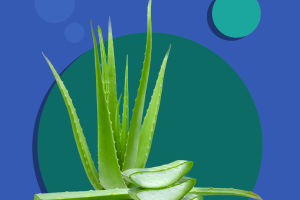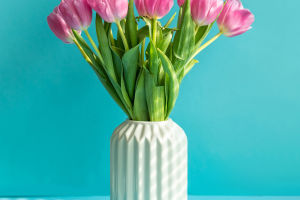Rabbit's Tail Grass, also known as Bunny Tails, is a charming ornamental grass that is widely grown for its fluffy, rabbit tail-like inflorescences.
This grass is native to the Mediterranean region but has been widely cultivated as an ornamental plant in gardens and landscapes around the world.
Rabbit's Tail Grass grows to a height of 30-60cm and has a clumping growth habit. The leaves are narrow and green, and the plant produces tall, slender stems that support the fluffy seed heads.
These seed heads are 5-10cm long and are covered in soft, white hairs that resemble rabbit tails, hence the common name.
Rabbit's Tail Grass is a low-maintenance plant that is easy to grow and care for. It prefers full sun and well-draining soil, but it can tolerate some shade and a range of soil types.
Once established, it is drought-tolerant and requires little watering or fertilization.
One of the most attractive features of Rabbit's Tail Grass is its soft, fluffy seed heads that sway gently in the breeze.
These seed heads are also long-lasting and can be used in dried flower arrangements or left on the plant to provide winter interest.
The plant's small size and attractive foliage make it a great addition to mixed borders, rock gardens, and containers.
Rabbit's Tail Grass is also a popular choice for landscaping because it attracts beneficial insects like butterflies and bees.
The plant's dense growth habit also provides cover for small animals and birds, making it a great option for wildlife gardens.
You can try to make rabbit's tail grass into dried flowers, it's easy and it can decorate your desktop nicely.
To make dried rabbit's tail flowers, you can follow these steps:
1. Cut the rabbit's tail plant when it is in full bloom.
2. Remove any unwanted leaves or stems from the plant.
3. Tie the stems together with a string or a rubber band.
4. Hang the plant upside down in a dark, dry, well-ventilated area.
5. Allow the plant to dry for 2-3 weeks, or until the flowers are completely dry and crispy.
6. Once the plant is dry, remove the flowers and arrange them in a vase or use them for crafts.
It's important to note that some plants, including rabbit's tails, can cause skin irritation or allergies, so it's recommended to wear gloves when handling them.
Rabbit's Tail Grass is a delightful plant that adds a touch of whimsy and charm to any garden or landscape.


